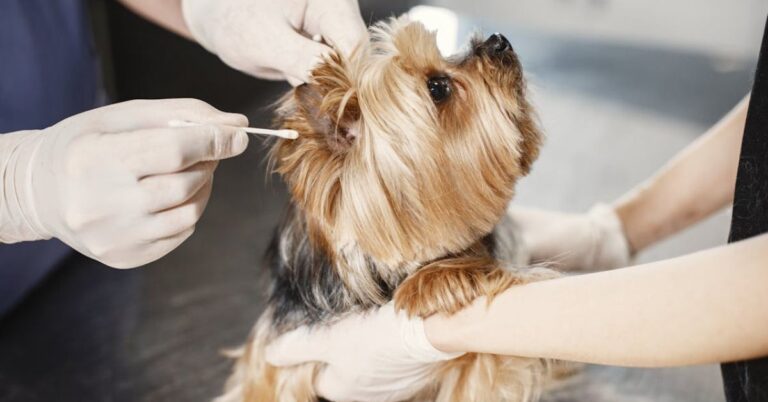10 Ways To Help Ease Your Dog’s Anxiety
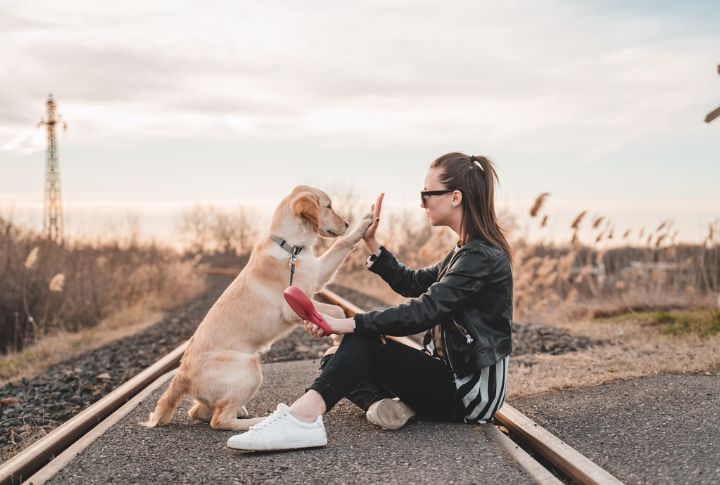
Dogs experience emotions just like humans, but anxiety can make their world feel overwhelming. Imagine navigating life on high alert, unsure of what comes next—stressful, right? Fortunately, simple changes can change their daily experiences and create a sense of security. So, here are ten simple yet powerful essentials that can make all the difference.
Consistent Daily Routine
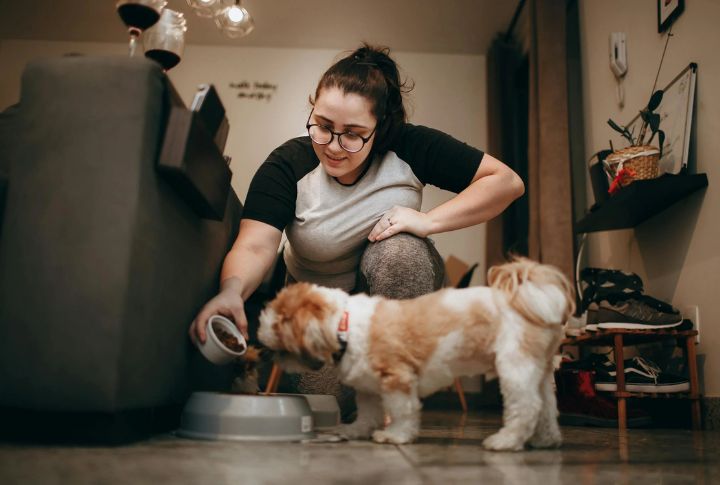
Pups behave better with a sense of security. A set schedule for meals and play gives them a stable structure, much like a child would with potty times and a favorite childhood bedtime story. Predictable routines make daily life easier and help anxious dogs feel more at ease in their environment without worrying about unwanted surprises.
Safe Personal Space
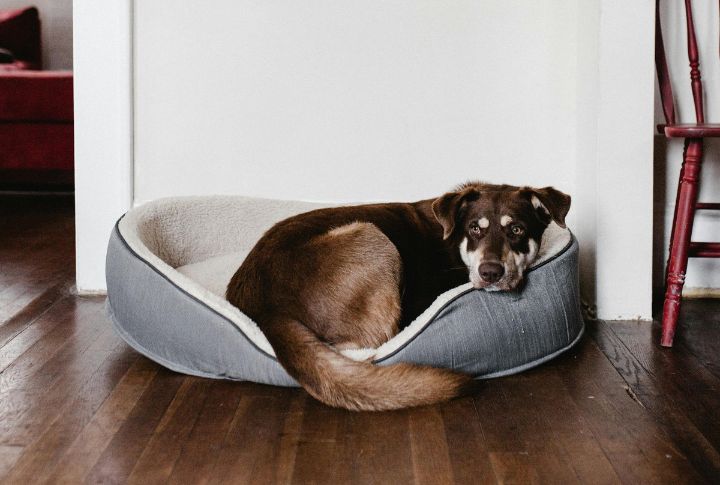
Imagine having a cozy reading nook away from the chaos—canines need that, too. A quiet retreat like a crate or a designated corner shields them from overstimulation. Dogs with a safe space can decompress and regain their calm after stressful situations. They learn to trust you more for providing this for them.
Regular Physical Activity
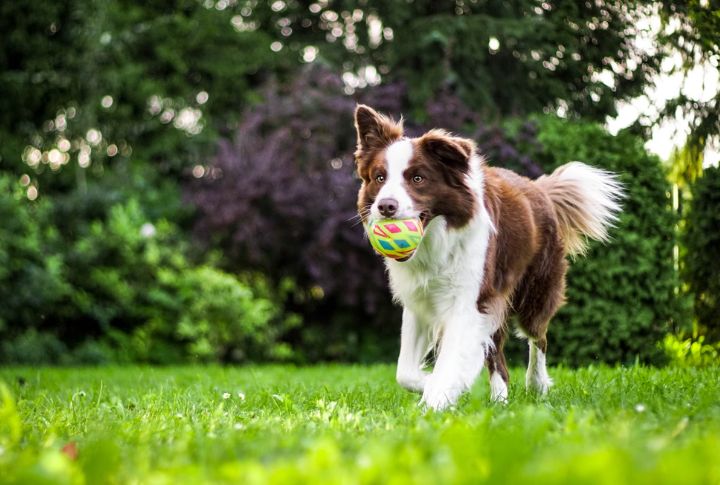
Daily walks can be incorporated with fetch sessions or agility drills to burn off nervous energy and improve mood. Movement releases pent-up tension and provides a natural way to reduce stress and improve physical and emotional well-being. A tired dog after a dog park run is a happy pooch.
Mental Stimulation
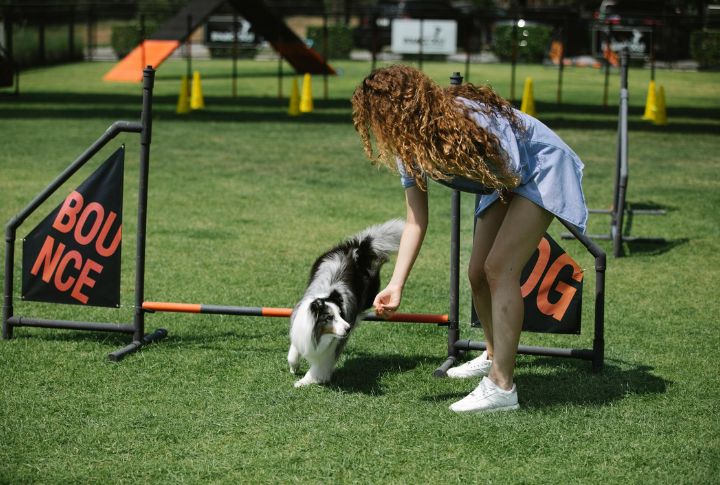
Puzzle toys and trick training challenge a pup’s brain, redirecting stress into curiosity. Engaging in activities prevents restless behavior, keeping their mind occupied and reducing nervous anticipation that boredom might bring. Each breed may need different ranges of stimuli, so a bit of research on the breed would help, too.
Positive Reinforcement Training
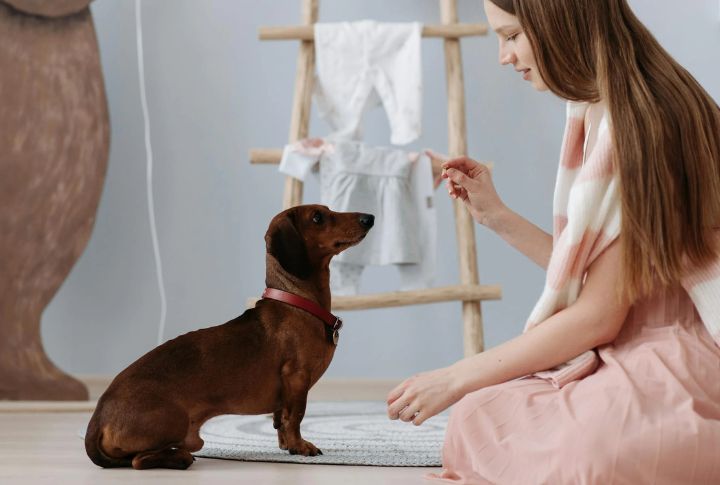
Confidence-building is key. Teach tricks while you reward calm behavior, and use clicker training to help replace fear with trust. Encouragement in positive behavior rather than focusing on mistakes helps anxious dogs feel safer and more willing to engage with their surroundings. Never let them fear abandonment over mistakes.
Comforting Physical Contact
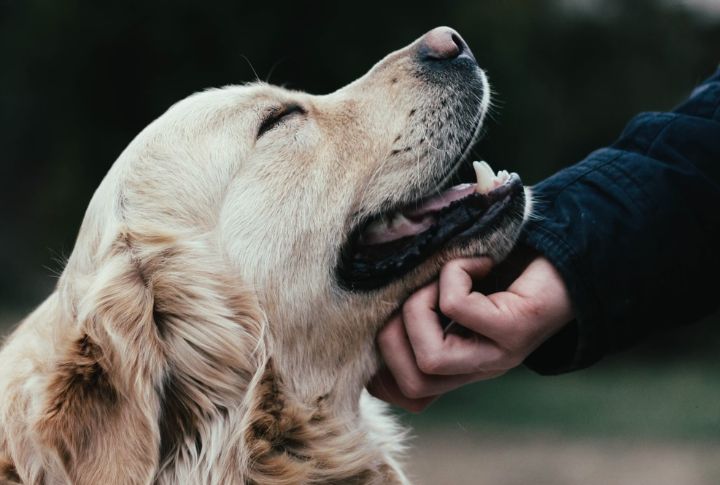
Ever notice how a gentle touch soothes nerves? Dogs feel it, too. Slow petting that includes a light massage and pressure point rubs (especially around the ears and shoulders) can help ease tension. Physical touch is the love language for most dogs, and it reassures their anxieties. Plus, it strengthens their bond with their owners.
Calming Auditory Environment

Soft sounds help drown out disruptive noises, reducing startle responses and making anxious dogs feel more secure. Sound has a direct impact on mood. White noise machines, classical music, and specially designed canine relaxation tracks create a soothing atmosphere. Avoid loud commands where possible.
Gradual Socialization
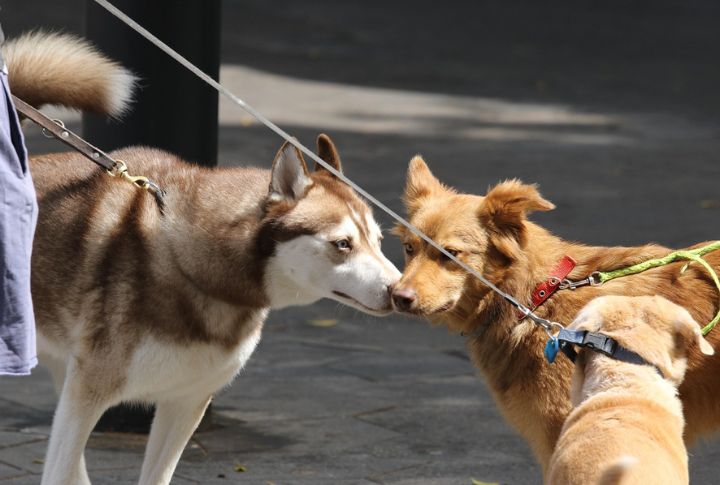
Confidence doesn’t happen overnight. Slowly introduce them to new people and other pets so they can ease into it. New environments should be shown to them in controlled steps to build confidence. Exposure at a comfortable pace allows nervous ones to process new experiences without fear and conditions them to feel safer.
Anxiety-Reducing Scents
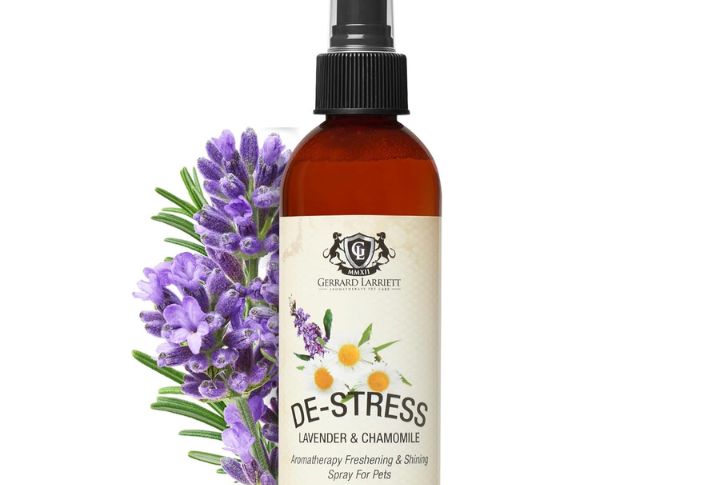
The right scent can work magic. Lavender and chamomile are recommended for their sensitive canine sense of smell. Dog-specific pheromone sprays can also have a soothing effect. Certain familiar scents, like a blanket they sleep on or an item of clothing, can create a sense of calm and familiarity, making it easier for anxious ones to relax anywhere.
Professional Guidance
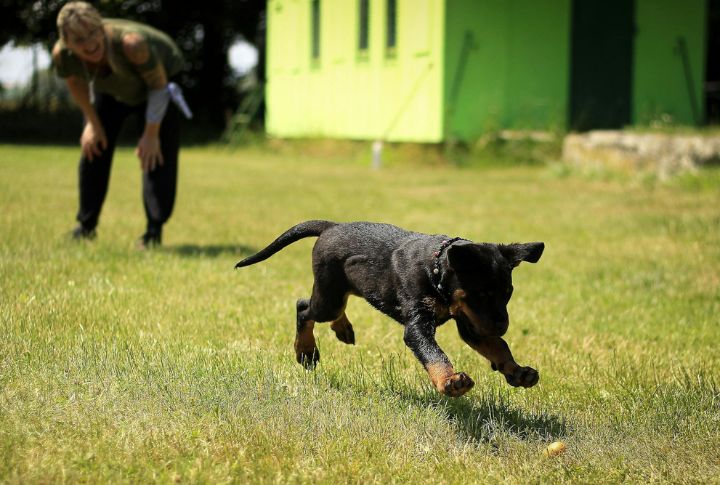
Expert help is the best help. Behavior specialists and trainers can create tailored strategies to help anxious dogs overcome their fears. Some are anxious because they were mistreated or abandoned, and some are just born a tad introverted. Understanding specific triggers and working through anxiety step by step leads to long-term improvement and a relaxed dog.




